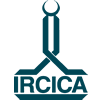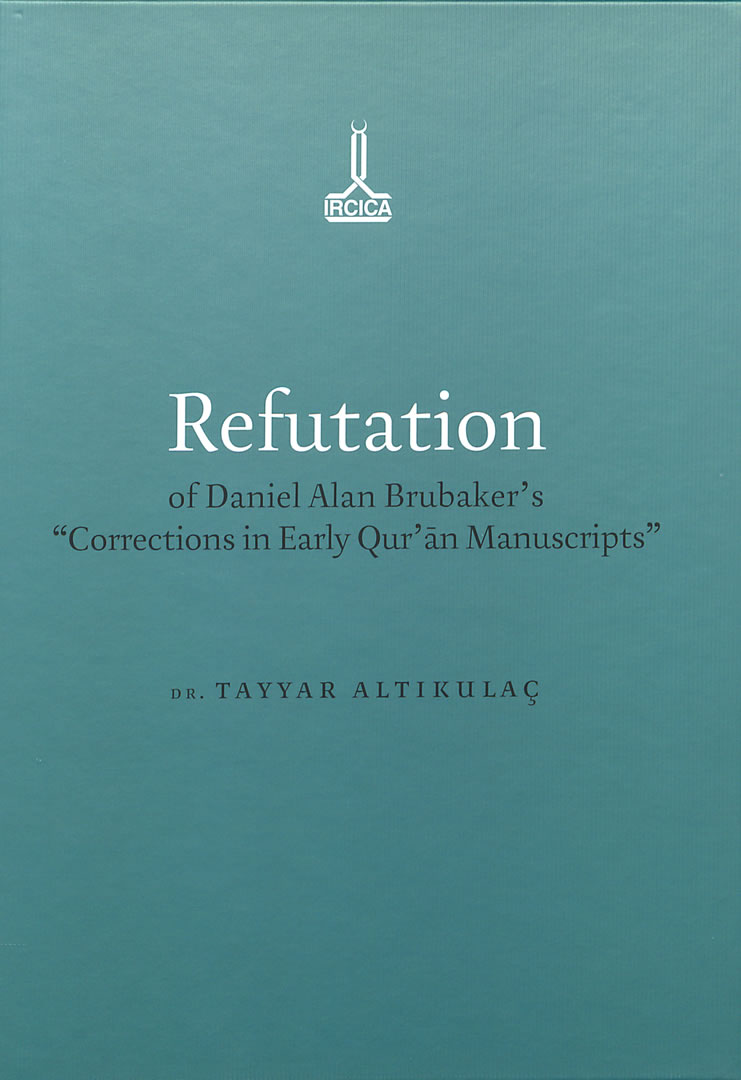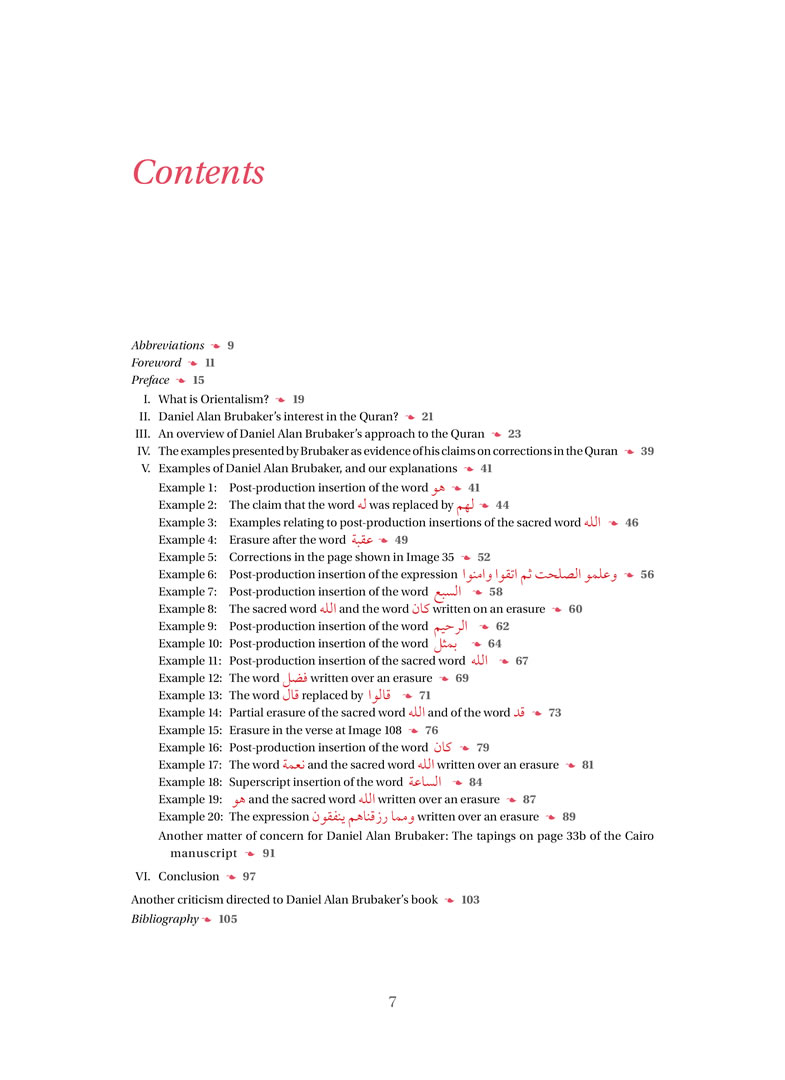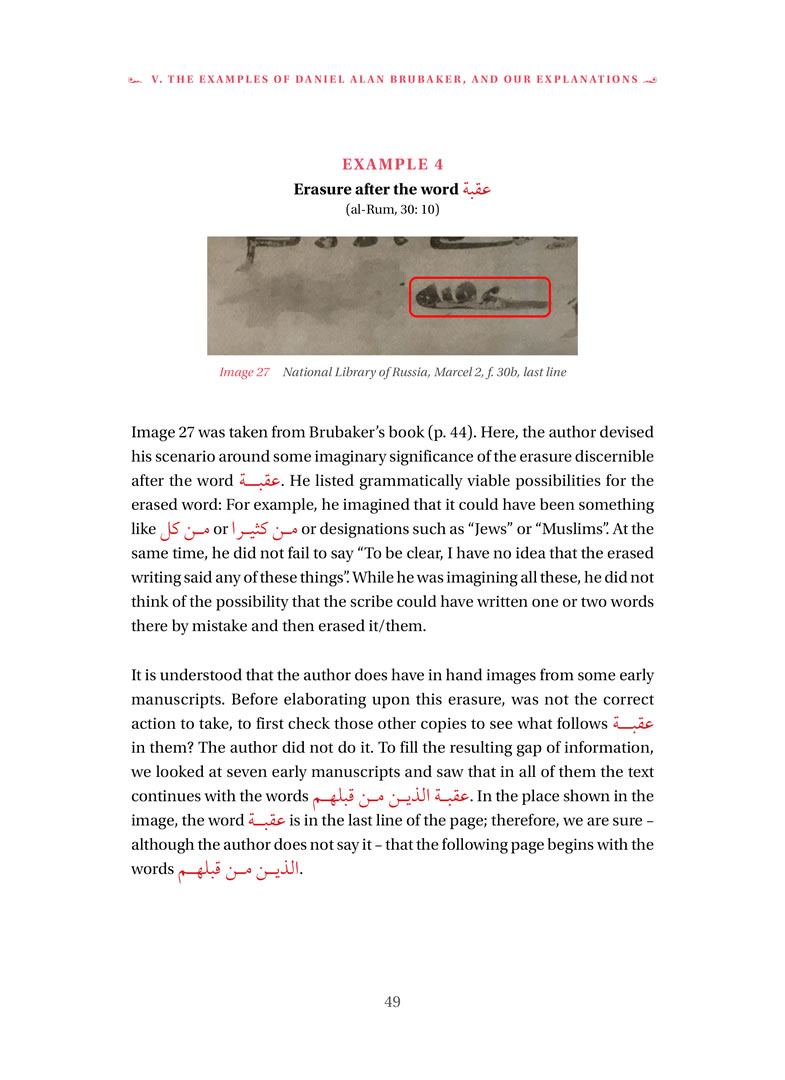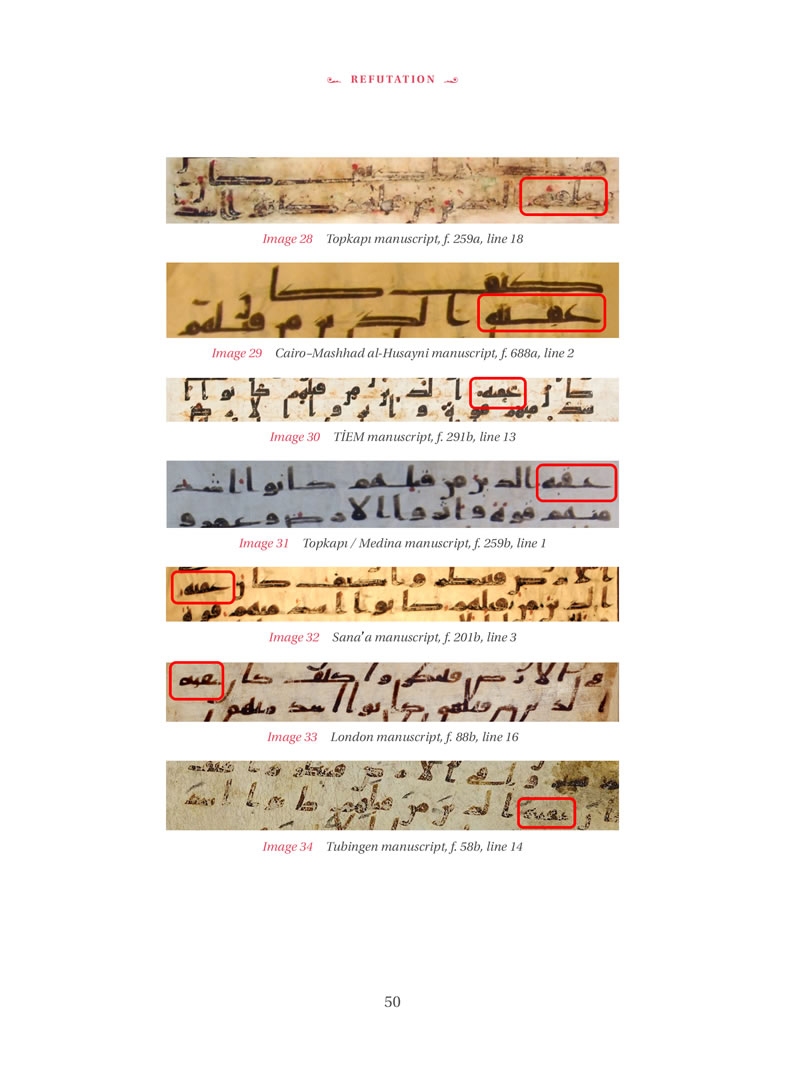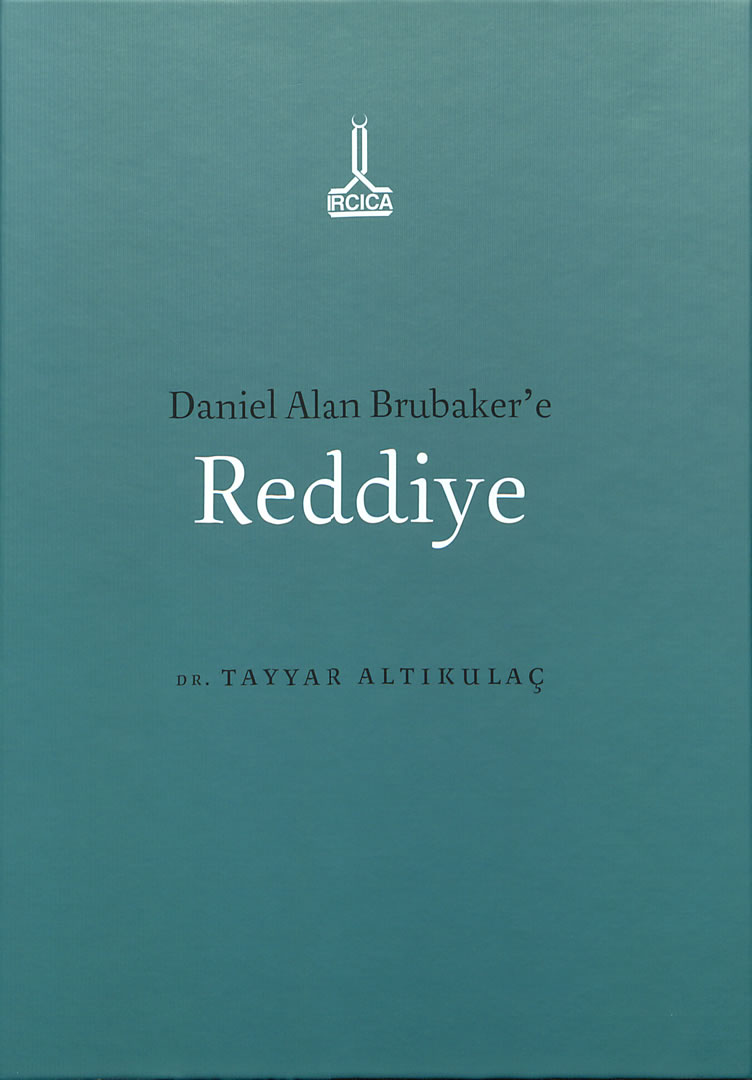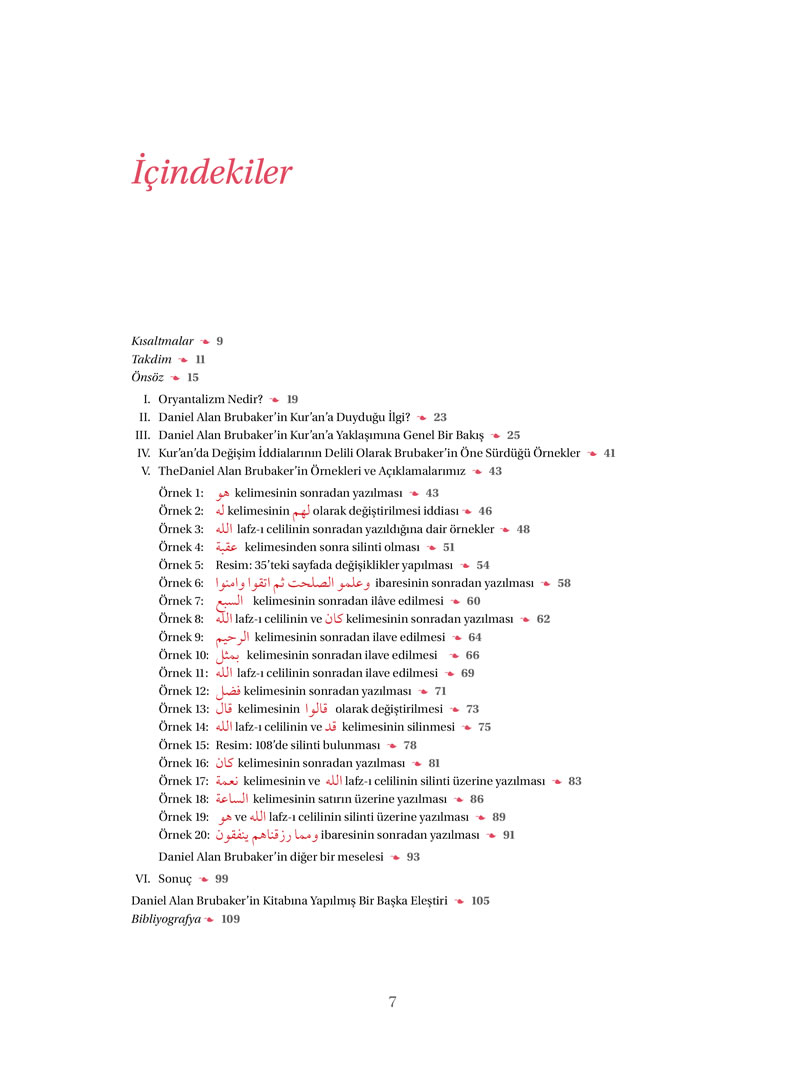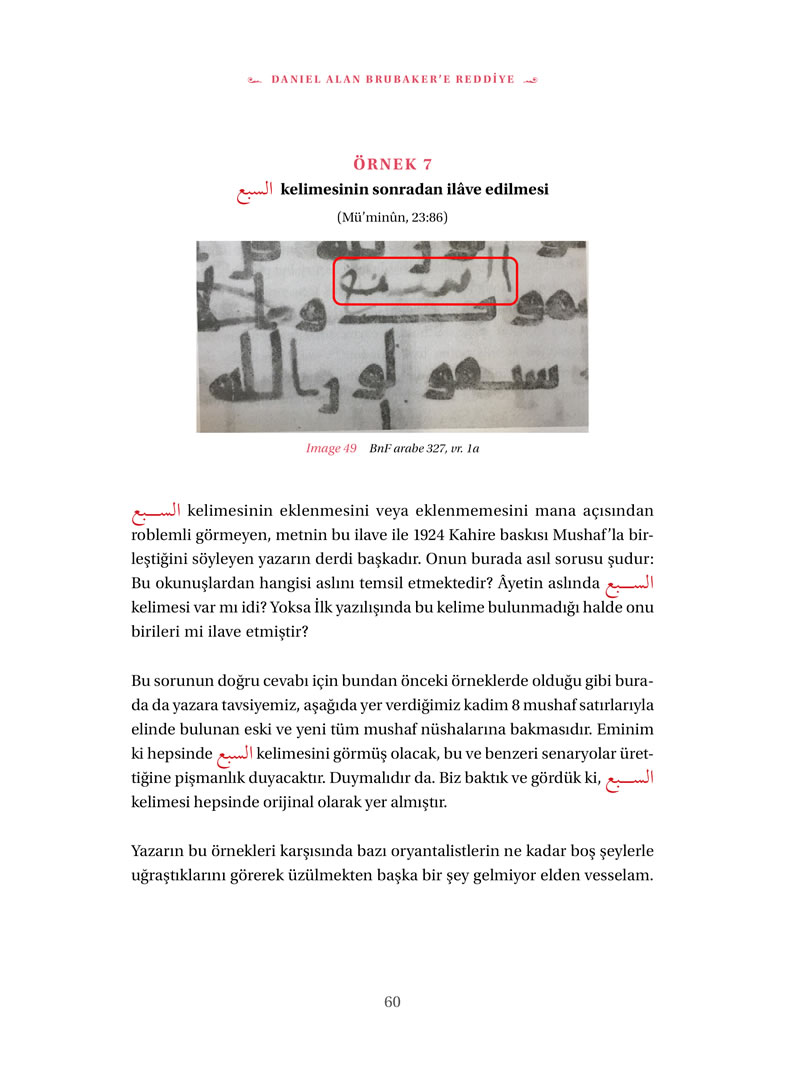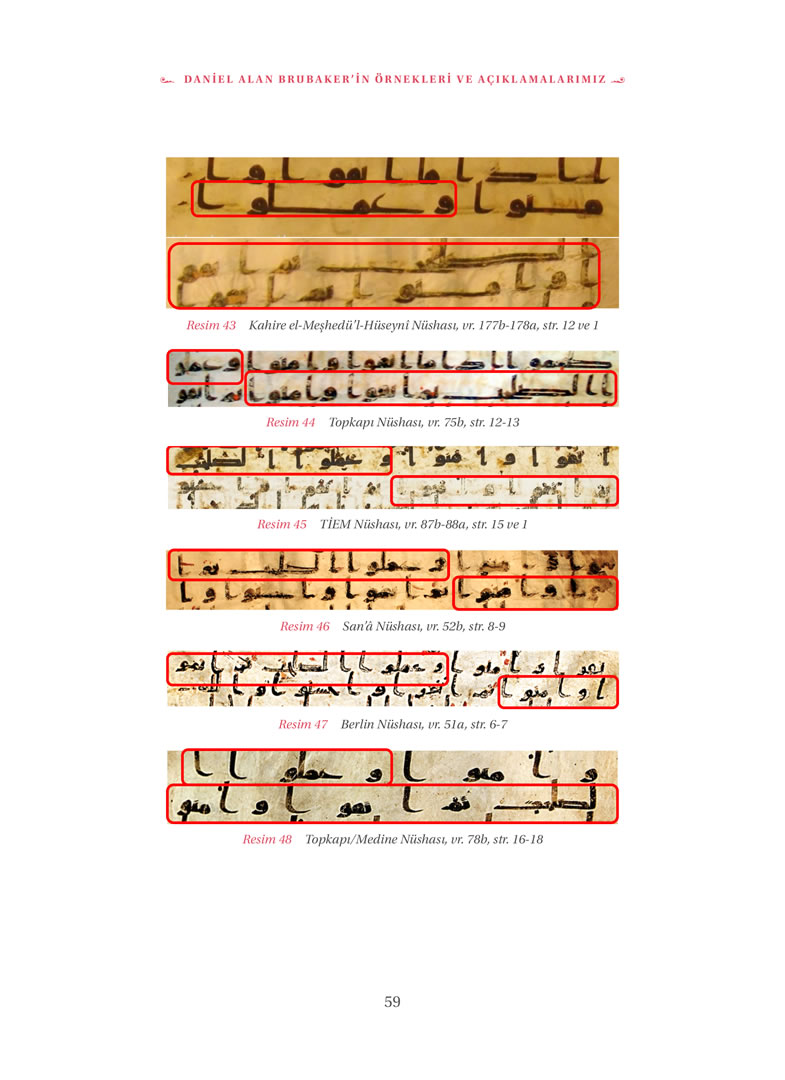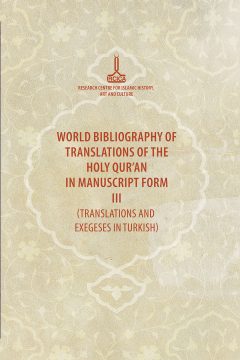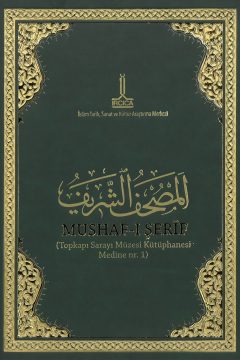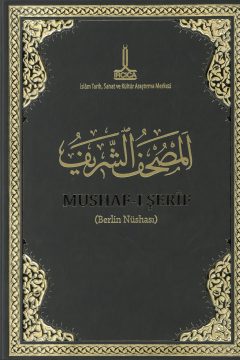In the context of its program of Studies on the Holy Quran, IRCICA aims to promote scientific research and produce reference publications on the history of the dissemination of the Holy Quran. A major aspect of this history is that the Holy Quran has been transmitted and preserved in intact condition. Despite the passage of more than fourteen centuries since its advent; regardless of the linguistic, orthographic and phonetic variations defining local practices of Arabic in different regions, and, although countless copies were produced over the centuries in diverse calligraphic styles and standards, the text and content of the Quran have remained intact.
The present book also underlines this fact and fits into this context. It has been prepared by the internationally recognized scholar in Quranic studies, Dr. Tayyar Altıkulaç, in response to the book by Daniel Alan Brubaker titled Corrections in early Qur’ānic Manuscripts Twenty Examples (Lovettsville: Think and Tell Press, 2019). Brubaker’s book can be described as one of numerous publications authored by the Western writers who perceive the various corrections on scribal errors found in the earliest copies of the Quran as changes that could have been deliberately made to its text. Brubaker presents a collection of twenty examples of scribal corrections interpreting them as possible evidence of changes that could have been made at different times in the authentic text of the Quran. The present book by Dr. Tayyar Altıkulaç, on the other hand, discusses and evaluates each and every one of Brubaker’s proposed examples. Through these evaluations, the book demonstrates that any claims, including Brubaker’s, that suggest to raise questions about the intactness of the Holy Quran, are bound to fail.
